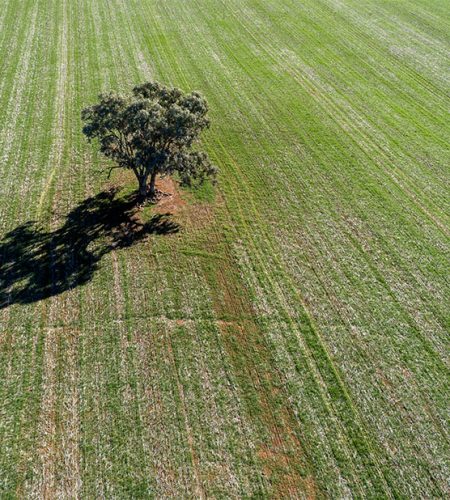Dr Michael Rose
Project Leader
NSW Department of Primary Industries
The loss of productivity due to herbicide residues as a soil constraint has not been accurately determined due to the complexity and lack of tools to quantify herbicide damage. However, it is thought to be significant, particularly in sandy soils.
Herbicides are a valuable tool for controlling weeds and realising crop yield potential. Currently, herbicide label guidelines are general and unable to account for the combinations of soil types and weather conditions that can affect herbicide persistence in soil. Herbicide residues in soils can limit crop performance if not managed correctly. It is difficult for growers and advisors to know whether herbicide residues will cause issues, because the persistence and behaviour of these residues depends on numerous site-specific factors, including soil and climatic conditions.
Increased weed resistance to herbicides means that many growers are increasing application doses and frequency, increasing the range of herbicides used and importantly, returning to pre-emergent residual herbicides.
Growers need evidence-backed guidance on the site-specific persistence of herbicides to allow for flexible crop selection and avoidance of plant-back damage, and field-validated information on the potential long-term effects of herbicide residues on soil and crop health.
There are currently very few tools to assist growers to determine the level of herbicide residues present, and if they negatively affect soil and crop performance.
In this project we aimed to develop new knowledge and tools for managing herbicide residues, including:
- defining herbicide concentration in soils that cause damage to crops (i.e. ‘toxicity thresholds’)
- developing new methods to diagnose herbicide injury in crops
- assessing rapid methods to determine herbicide sorption in soil, which regulates herbicide fate and bioavailability
- predicting herbicide persistence in soil over time
- determining whether herbicide residue mixtures are influencing crop performance.
We generated 80 new herbicide toxicity thresholds; derived new pedotransfer functions to predict sorption of three priority herbicides in soil; created and validated a new model to predict herbicide persistence in soil; and conducted over 30 field surveys and designed experiments to measure the fate and effects of herbicide residues in soil.
The information was translated to farmers, agronomists, and researchers through annual field days at three different experimental sites, and over 10 conference presentations, research booklets, and journal articles. Feedback from growers and agronomists suggests that information generated in this project would help build confidence in decision making to avoid herbicide residue damage, by better diagnosing when, where, and how herbicides are persisting in soil and causing crop damage.
More research and translation is now required to validate findings from this project under a wider range of conditions and establish a testing service for herbicide residues in soil and plant samples.

